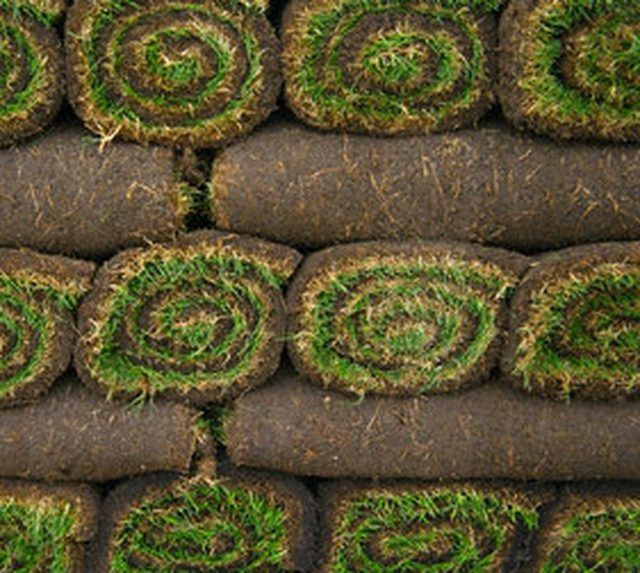Bulbs
Flower Basics
Flower Beds & Specialty Gardens
Flower Garden
Garden Furniture
Garden Gnomes
Garden Seeds
Garden Sheds
Garden Statues
Garden Tools & Supplies
Gardening Basics
Green & Organic
Groundcovers & Vines
Growing Annuals
Growing Basil
Growing Beans
Growing Berries
Growing Blueberries
Growing Cactus
Growing Corn
Growing Cotton
Growing Edibles
Growing Flowers
Growing Garlic
Growing Grapes
Growing Grass
Growing Herbs
Growing Jasmine
Growing Mint
Growing Mushrooms
Orchids
Growing Peanuts
Growing Perennials
Growing Plants
Growing Rosemary
Growing Roses
Growing Strawberries
Growing Sunflowers
Growing Thyme
Growing Tomatoes
Growing Tulips
Growing Vegetables
Herb Basics
Herb Garden
Indoor Growing
Landscaping Basics
Landscaping Patios
Landscaping Plants
Landscaping Shrubs
Landscaping Trees
Landscaping Walks & Pathways
Lawn Basics
Lawn Maintenance
Lawn Mowers
Lawn Ornaments
Lawn Planting
Lawn Tools
Outdoor Growing
Overall Landscape Planning
Pests, Weeds & Problems
Plant Basics
Rock Garden
Rose Garden
Shrubs
Soil
Specialty Gardens
Trees
Vegetable Garden
Yard Maintenance
How to Sod a Lawn
How to Sod a Lawn. Your lawn will look better and last longer if you prepare the site well before you start sodding, clear away all weeds and debris, and firm and level the soil. Sodding is more expensive than sowing, but provided you look after the newly laid lawn, it will become usable more quickly - usually within two months. It is less likely...

Your lawn will look better and last longer if you prepare the site well before you start sodding, clear away all weeds and debris, and firm and level the soil. Sodding is more expensive than sowing, but provided you look after the newly laid lawn, it will become usable more quickly - usually within two months. It is less likely than a seeded lawn to be damaged or uprooted early on. Still for all the advantages of sodding to pay off then a little preparation and planning is necessary.
Things You'll Need
Sod
Hoe
Water hose
Wheel barrel
Choose a time to sod. Sod can be laid at almost any time of year, but try to avoid very dry or very wet spells and prolonged periods of high or low temperatures. Choose a time when the soil is moist, so that the grasses root well, but not too wet or the roots may rot off. An ideal time is when rain is forecast, since the newly-laid sod will then be watered in well without any effort on your part.
Prepare the yard for sodding. The aim when preparing for a new lawn is to create a completely clear, level surface. Avoid doing this too far ahead. Weeds may regrow and need to be treated again.
Remove all debris, weeds and the remains of any old grassy areas or lawn. Kill off or dig out perennial weeds when they are growing actively but before they have started to set seed. Digging is usually not enough to get rid of these weeds since if their taproots or rhizomes are broken, any small pieces left in the soil will form new plants. An easier solution is to spray the whole area with a systemic weed killer containing glyphosate, which is carried down to the plants' roots or rhizomes.
Firm the whole area by treading over it evenly. It may take several attempts to firm it well. Pay meticulous attention to the ends. Mark some pegs, each at the same distance from the top.
Drive in the pegs. For sowing, the marks should be at the required level of the lawn. For sodding, push the pegs ?-inch (2cm) lower. If the lawn is next to paving, keep the marks level with the paving surface.
Add a parallel row of identically marked pegs, check they a re level with the first row and each other, and adjust them if necessary.
Rake the soil to the level of the marks on the pegs. When the silt, is level, remove the pegs. Firm the soil again, then add a granular lawn fertilizer and rake it in carefully, keeping the soil level.
Prepare the sod. Sad is delivered either rolled or stacked flat. If possible, avoid leaving it rolled up for more than a couple of days at a time, since it will quickly dry out and the grass will turn yellow, making the lawn hard to establish.
Starting at one side, lay the first row of sod along a straight edge. Roll out each piece so that it just touches the next. To lay the next row, kneel on a board to avoid damaging sod just laid. Stagger the joints to give an even finish.
When the whole area is laid, use the back of a rake or a light roller to firm down the sod and eliminate any air pockets. If necessary, brush in a sandy top-dressing to fill in any gaps. Keep the sod moist so that it roots quickly.